The circle of the return to birth can only remain open, but this is a chance, a sign of life, and a wound
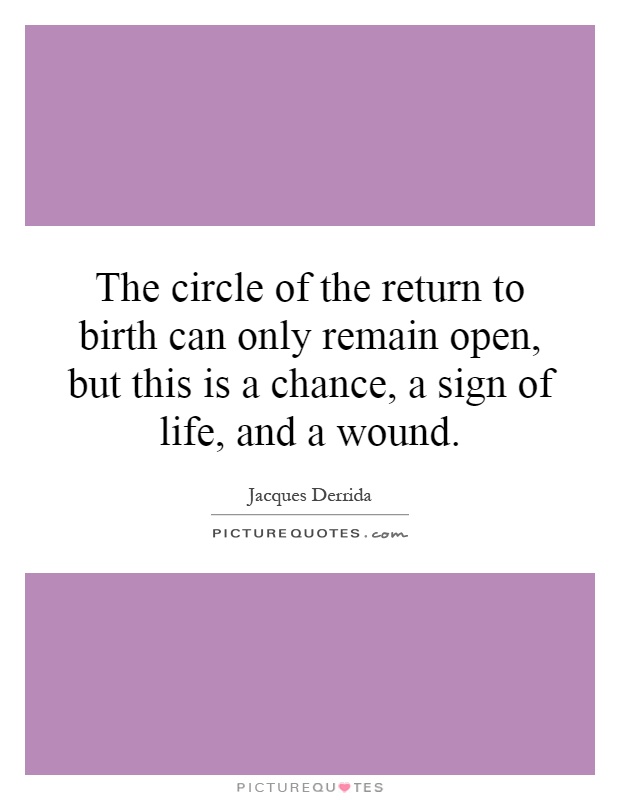
The circle of the return to birth can only remain open, but this is a chance, a sign of life, and a wound
Jacques Derrida, a prominent French philosopher known for his deconstructionist approach to language and meaning, often explored the concept of circularity in his work. In his essay "The Circumcision," Derrida delves into the idea of the circle of return to birth, suggesting that this cycle is both a chance for new beginnings and a wound that carries the scars of the past.Derrida's notion of the circle of return to birth can be seen as a metaphor for the endless cycle of life and death, creation and destruction. The idea that we are constantly returning to our origins, only to begin anew, reflects Derrida's belief in the interconnectedness of all things. For Derrida, the circle represents the eternal return of the same, the idea that history repeats itself in an endless loop.
However, Derrida also acknowledges that this circularity is not without its challenges. The wound that he speaks of is a metaphor for the pain and suffering that comes with the passage of time. The scars of the past, the memories and traumas that we carry with us, are a constant reminder of the fragility of life and the inevitability of death. In this sense, the circle of return to birth is both a source of hope and a burden to bear.
Derrida's philosophy is deeply rooted in the idea of deconstruction, the process of breaking down binary oppositions and revealing the complexities and contradictions that lie beneath the surface. In the context of the circle of return to birth, Derrida challenges us to rethink our understanding of life and death, creation and destruction. By embracing the circularity of existence, we can begin to see the interconnectedness of all things and the ways in which our past shapes our present and future.
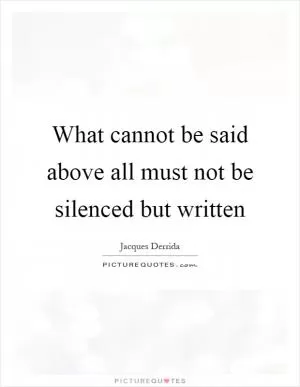

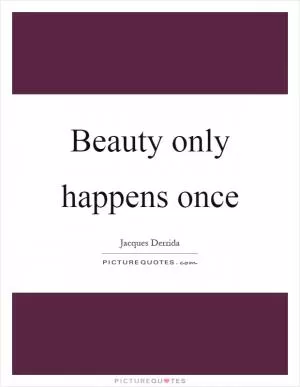


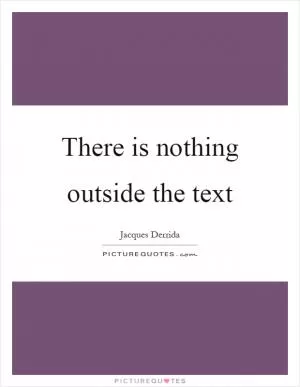

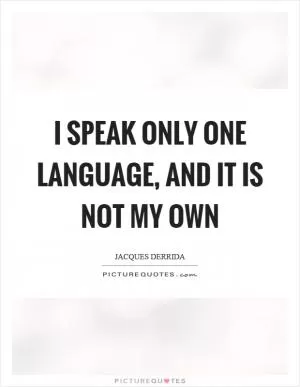

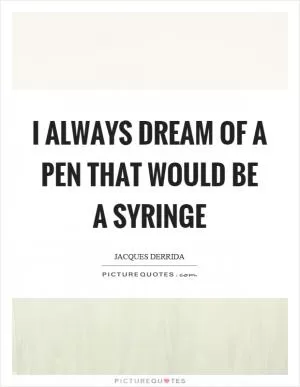
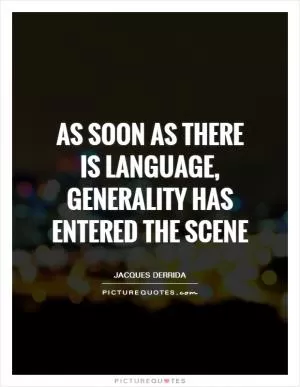

 Friendship Quotes
Friendship Quotes Love Quotes
Love Quotes Life Quotes
Life Quotes Funny Quotes
Funny Quotes Motivational Quotes
Motivational Quotes Inspirational Quotes
Inspirational Quotes